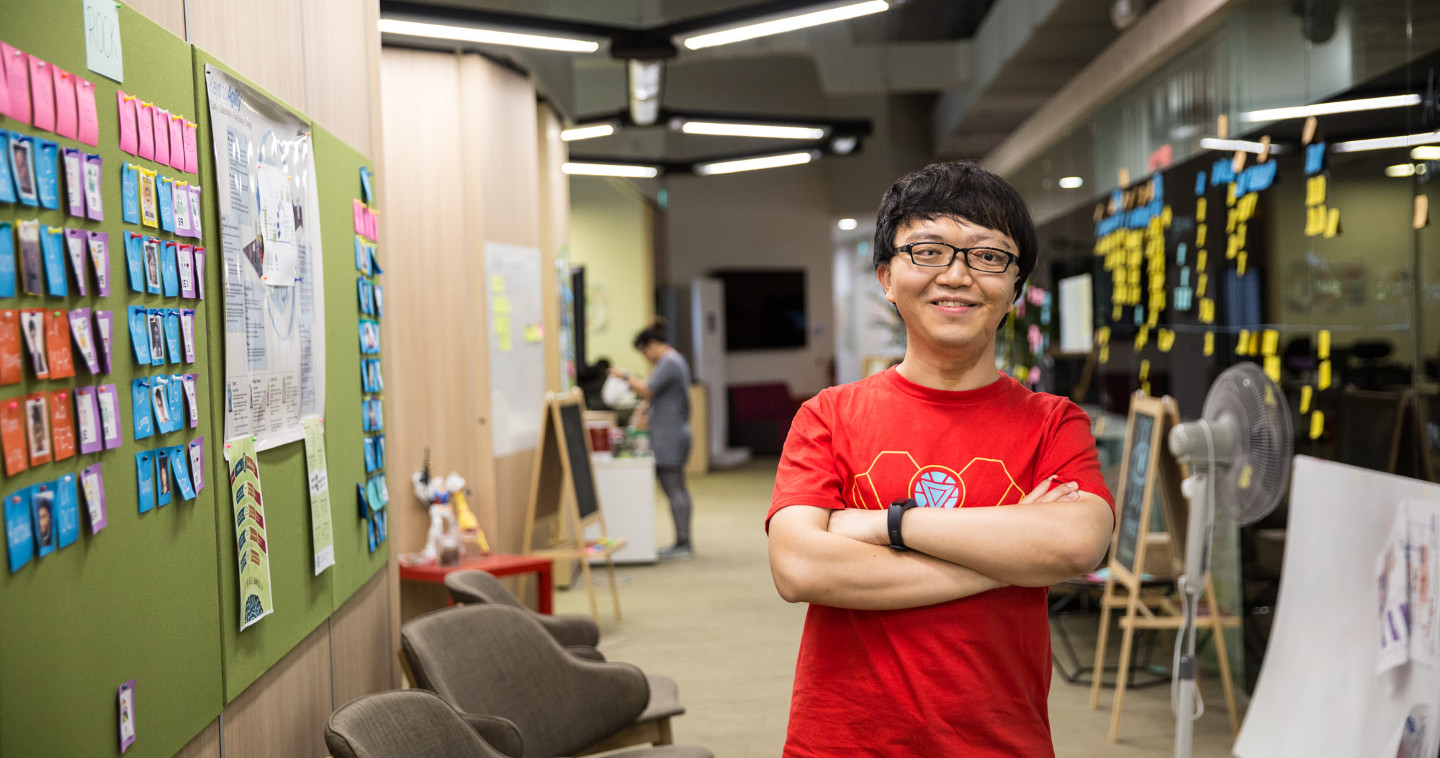
Back in the days of dial-up Internet, coding classes for children were virtually unheard of. But Lim Zui Young, then 11 years old, was already tinkering with html codes on (the now-discontinued) Microsoft FrontPage to create personalised websites, and as well as programming in the Pascal language.
Little did he expect the project would trigger a lifelong interest in coding, and lead to a career at the newly formed Government Technology Agency (GovTech), the organisation leading the digital transformation of Singapore’s public sector through data and emerging technologies.
Now, as part of GovTech’s “DevOps” team, Zui Young is living his dream as part of a passionate community of coders at his workplace. One of his team’s recent projects was building the Business Grants Portal, a website that consolidates various government business grants into one destination so that companies can apply easily.
Zui Young also happens to have high astigmatism, a condition he was born with. This means he can only see with his right eye and has to contend with blurred vision and glare from computer screens. He also has difficulty with visibility in low-light conditions and depth perception, such as seeing steps. This , of course, calls for some workplace and career hacks.
Zui Young kindly shared some of his favorite hacks:
1. Personalise.
“Technology today allows for high degree of personalisation to help users adjust to different working environments. Make use of it. For instance, inverted colours and bolder fonts work better for people with visual impairment.”
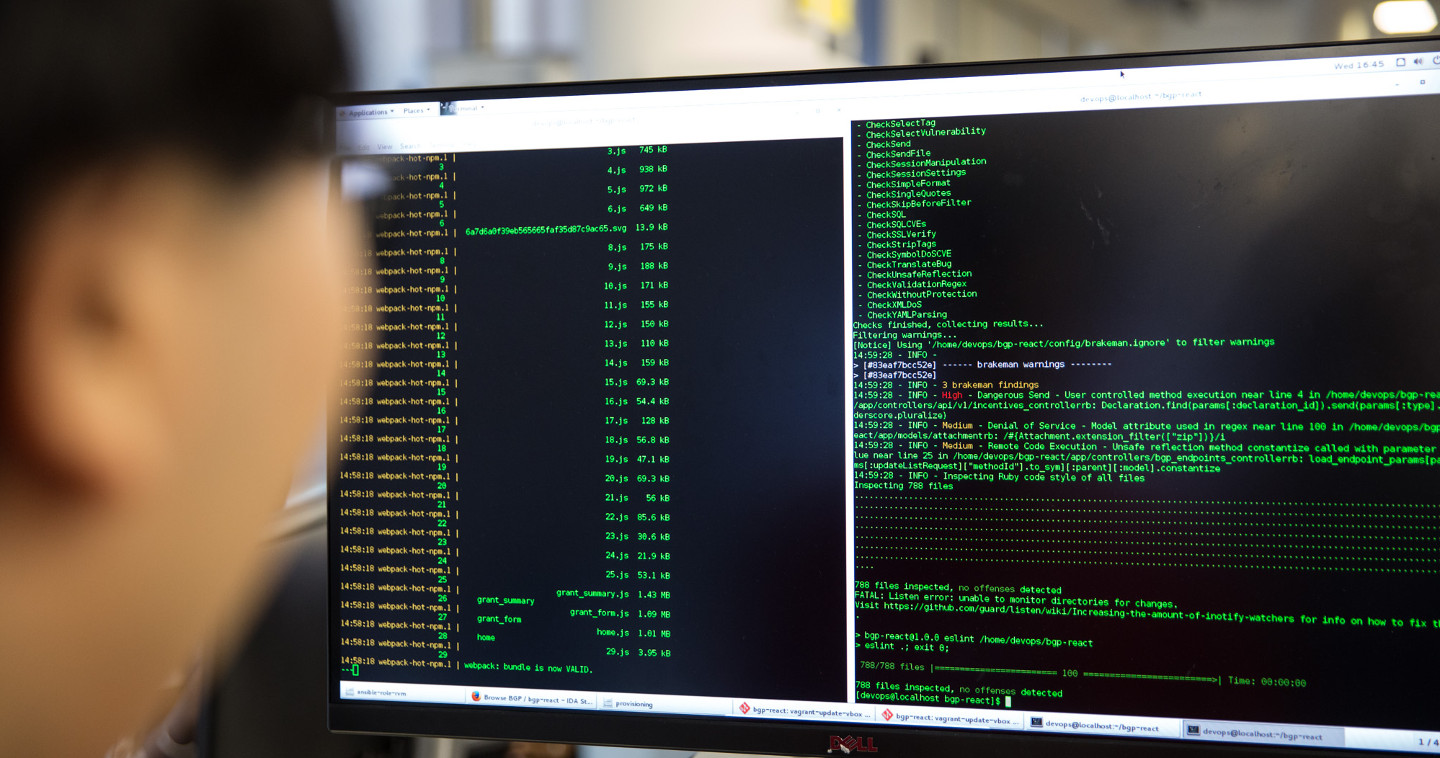
Zui Young’s monitor, filled with high-contrast green-on-black lines of code
Zui Young’s screen of green codes scrolling against a black background looks like a scene out of the Matrix but is done with intention – inverted colors cuts off screen glare, improve contrast and helps him see better. He also uses a larger font at size 14 for reading, from the default size 9. A 27-inch monitor helps him see more lines of code at once.
2. Use shortcuts.
No, shortcuts are not signs of laziness. They help to reduce redundant actions. “I create a number of keyboard shortcuts and shell scripts that help to automate things.” Text-to-Speech software also reduces the time Zui Young has to spend staring at the screen, as well as the time recovering from the eye glare
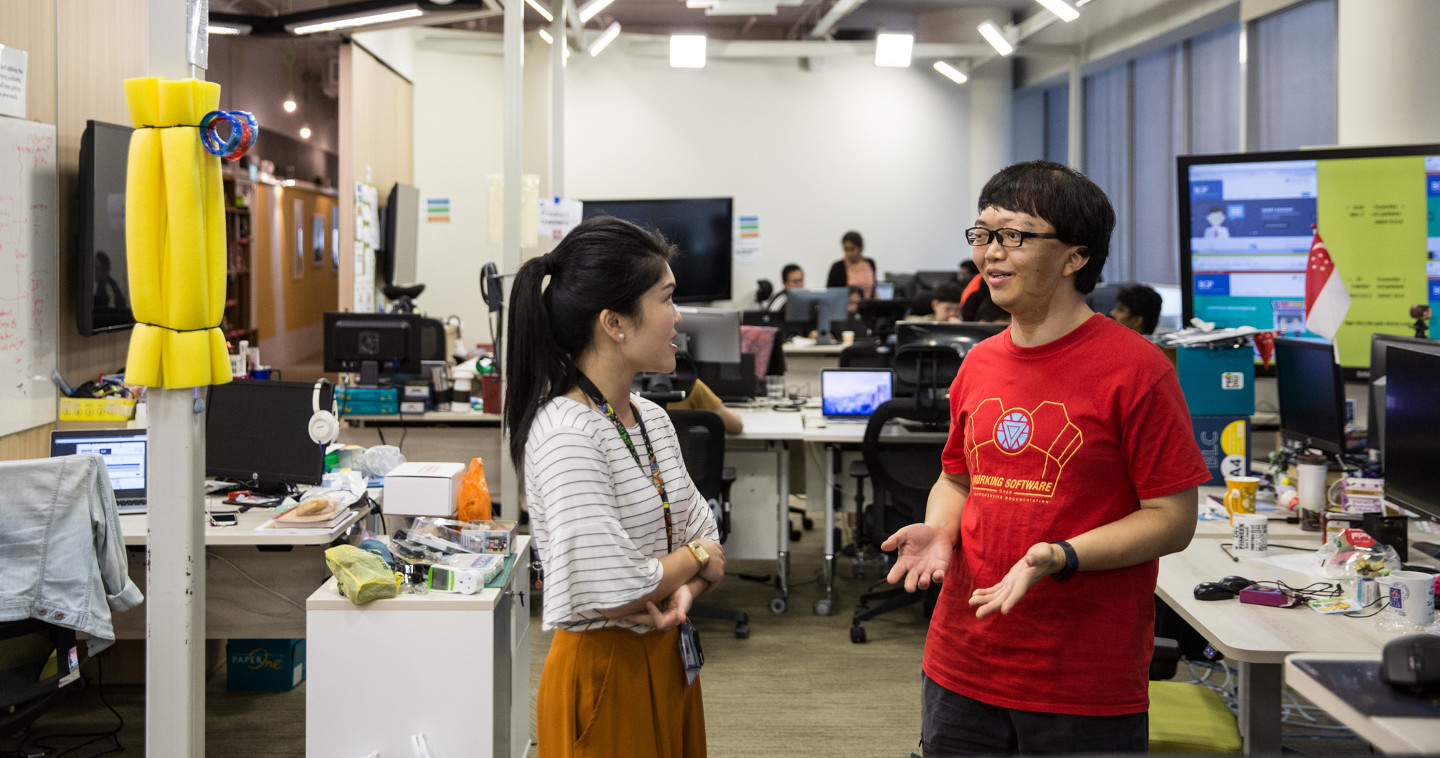
Many of the staff of GovTech work at standing desks
3. Communicate openly.
Zui Young starts work earlier and does more during the daytime, in order to travel home when it is still daylight. To do that, Zui Young has to communicate his needs. “We should promote a culture of mutual respect and think about creating a workplace that helps us all be independent workers,” he said.
Zui Young chats with a colleague against the backdrop of his open workplace
An open line of communication is at the heart of working with people. Articulating the accommodations you need will help you do your job better.
4. Improve yourself.
“What inspires me is that there’s a plethora of tools out there that you can use to make things better for developers,” said Zui Young. “These innovations move at a very fast pace and hence I have to keep ahead of things to improve operations.”
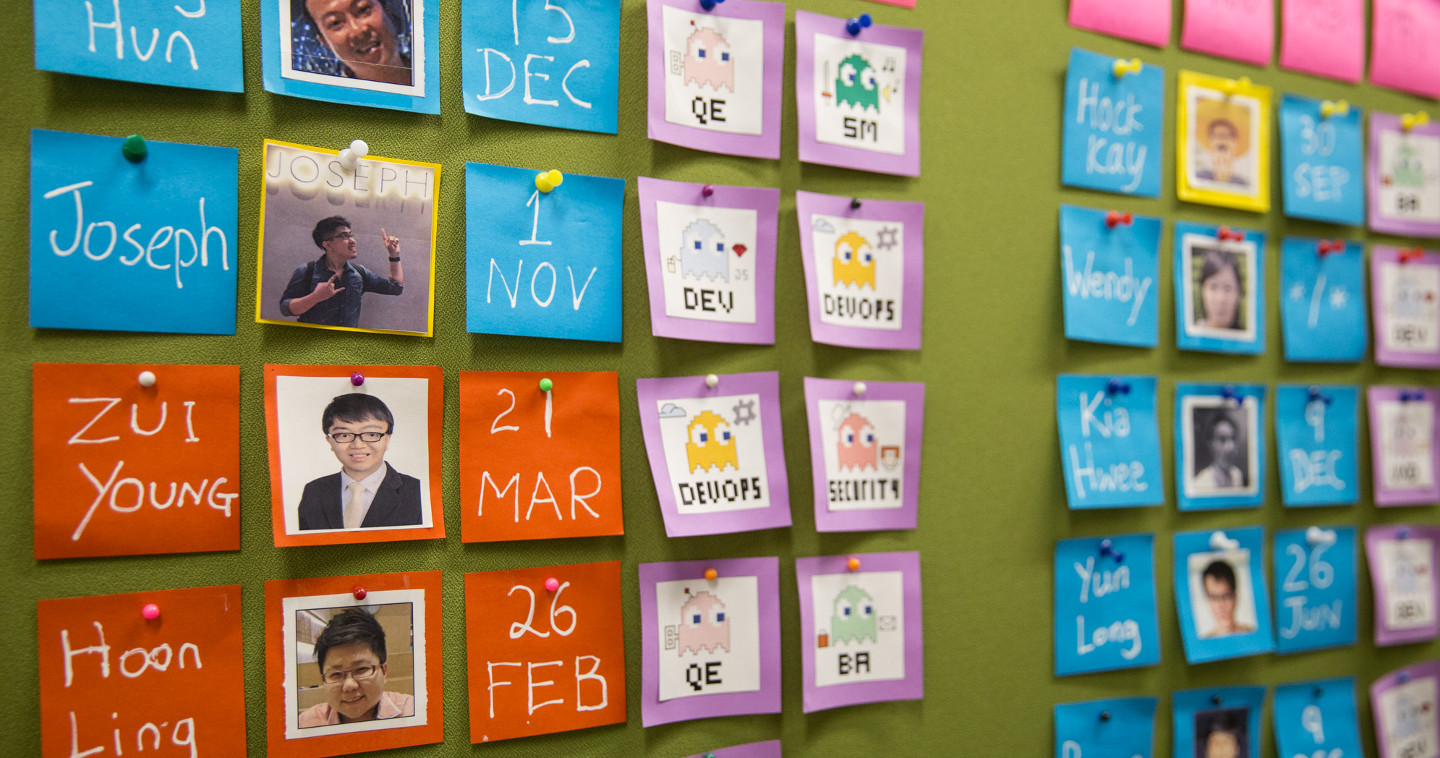
The colourful staff movement chart at GovTech
Also equally rewarding is when he can use tools to fix inefficiencies in workflow for improved outcomes – a sure-win attitude that can be applied to any industry.
5. Empower yourself.
Many people in a workplace actually have dual roles. At GovTech, individuals are responsible for the skills they want to develop, even if it means trying out a different role. Zui Young, for example has a secondary role in information security. He believes in taking the initiative to be a better role model, to inspire others with fresh ways of doing things. “If we view society as a summation of everyone’s potential,” he asked. “How can we empower each of us to reach our fullest capability?”
“I think it requires understanding the needs of yourself and others, and putting those into practice.
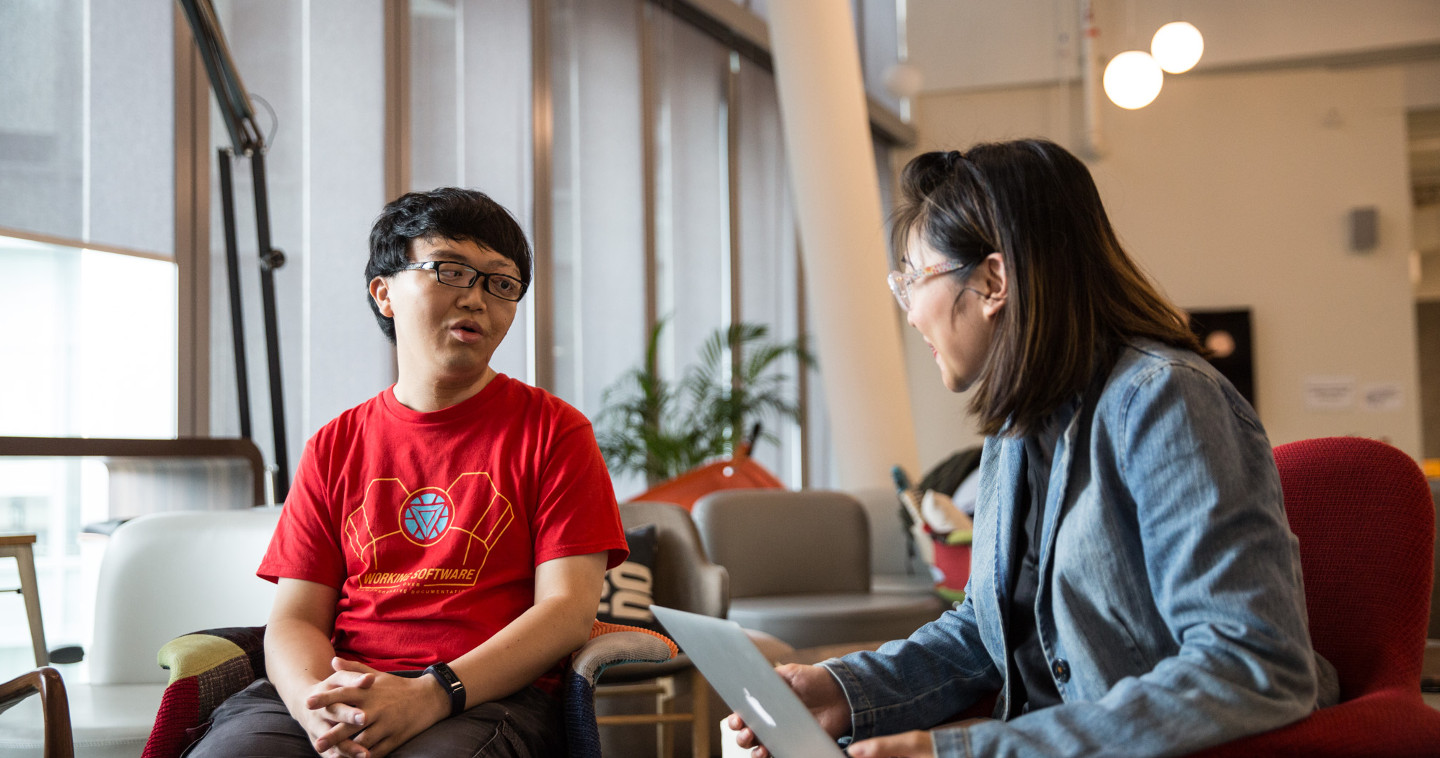
Zui Young at the interview for this story